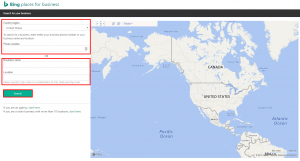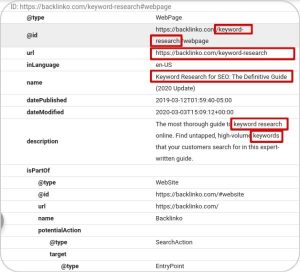
There is a time and a place for explaining what your product does. During a demo, maybe, or if you’re close to closing a deal, and your buyer has a few questions about how a certain feature works.
Cold emails are not the place to focus on your product’s features. They’re boring, narcissistic, and worst of all, not at all compelling. If you’re aiming to elicit a positive response, spamming your contacts with dull descriptions of what your product does is not the way to do it.
The best way to hook your prospective customer is by focusing on your product’s benefits. To turn a feature into a benefit, start by thinking about the impact that feature might have on your buyer’s life. Maybe it helps them save time, or helps them get more organized so key things don’t fall through the cracks.
Here are five examples of once boring features flipped into fun, compelling benefits to help get you started with your own sales copy.
1. “Mobile Friendly”
Almost every major piece of software available on the market today offers access from mobile devices. In order to twist this common feature into a benefit, try coming up with situations where your buyer may need to use your product remotely. Are they trying to stay productive on the road, or keep up with work while they’re working from another office? Focus on the different situations where mobile access is a help instead of the generic availability of mobile access.
2. “Version Control”
Version control, which helps manage changes to documents automatically, is another feature that’s too vague to be useful without additional context. Instead of touting your product’s ability to keep everyone on the same page, try presenting it as making sure your team isn’t working over each other, or ensuring that the client always receives the final version instead of accidentally sending a draft.
3. “Scalability”
Scalability is a useful feature, but it’s too vague without any context. Instead, think about the impact it might have on your buyer’s life. For example, if you’re a Director of Human Resources, you may need an applicant tracking system that works as well with 5 job openings as it does with 50, or even 500. You can tie it all together with a relatable sentence about the pain that can come with growth and you’ve got yourself a stellar benefit.
4. “User Permissions”
Setting user permissions so only certain employees have access to certain documents is another generic feature most people have little interest in. By reframing this as a benefit, perhaps one related to preventing employees from seeing important planning or strategy documents, you give prospective customers a really strong reason to buy.
5. “Automatic Backup”
Everyone wants automatic backup, but it’s also one of those things you often don’t think about until it’s too late. By focusing on the pain of lost data, you can make this simple feature into a compelling benefit for a variety of personas.
Once you’re finished writing your value propositions, you can utilize them in any communication that’s important for generating leads and driving conversions. Just make sure that your value proposition is clear throughout the copy.
Digital & Social Articles on Business 2 Community(44)
Report Post





